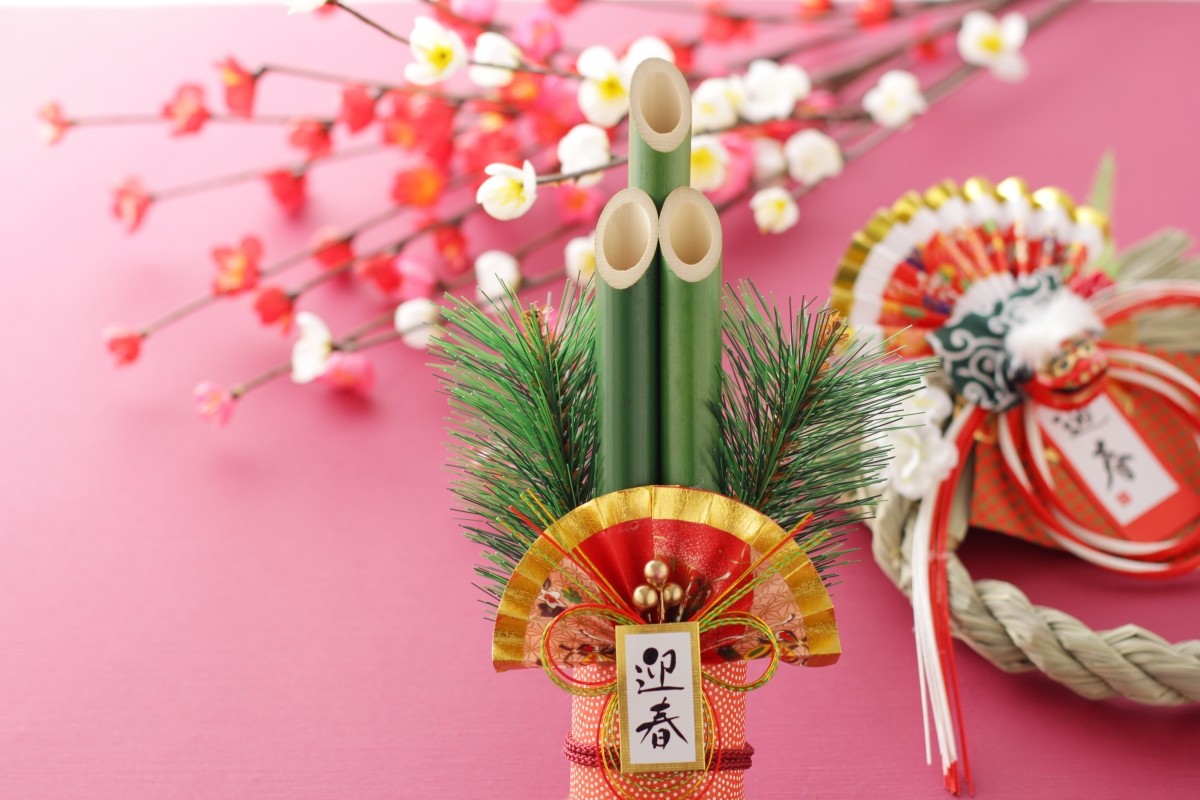
What do people do during New Year in Japan? Let’s take a look at the key traditions, activities, and customs celebrated during this special season.
When is the New Year’s period in Japan?
In Japan, the first three days of January, from January 1st to January 3rd, are called "Sanganichi." This period is a national holiday for many businesses and government offices. During this time, many people return to their hometowns to spend time with family and relatives.
Around December 13: Preparing for the New Year with "Shogatsu-koto Hajime"
"Shogatsu-koto Hajime" refers to the start of preparations for the New Year, which takes place between mid-December (around December 13) and December 28. Here are the main activities carried out during this period:
Putting up Kadomatsu and New Year Decorations
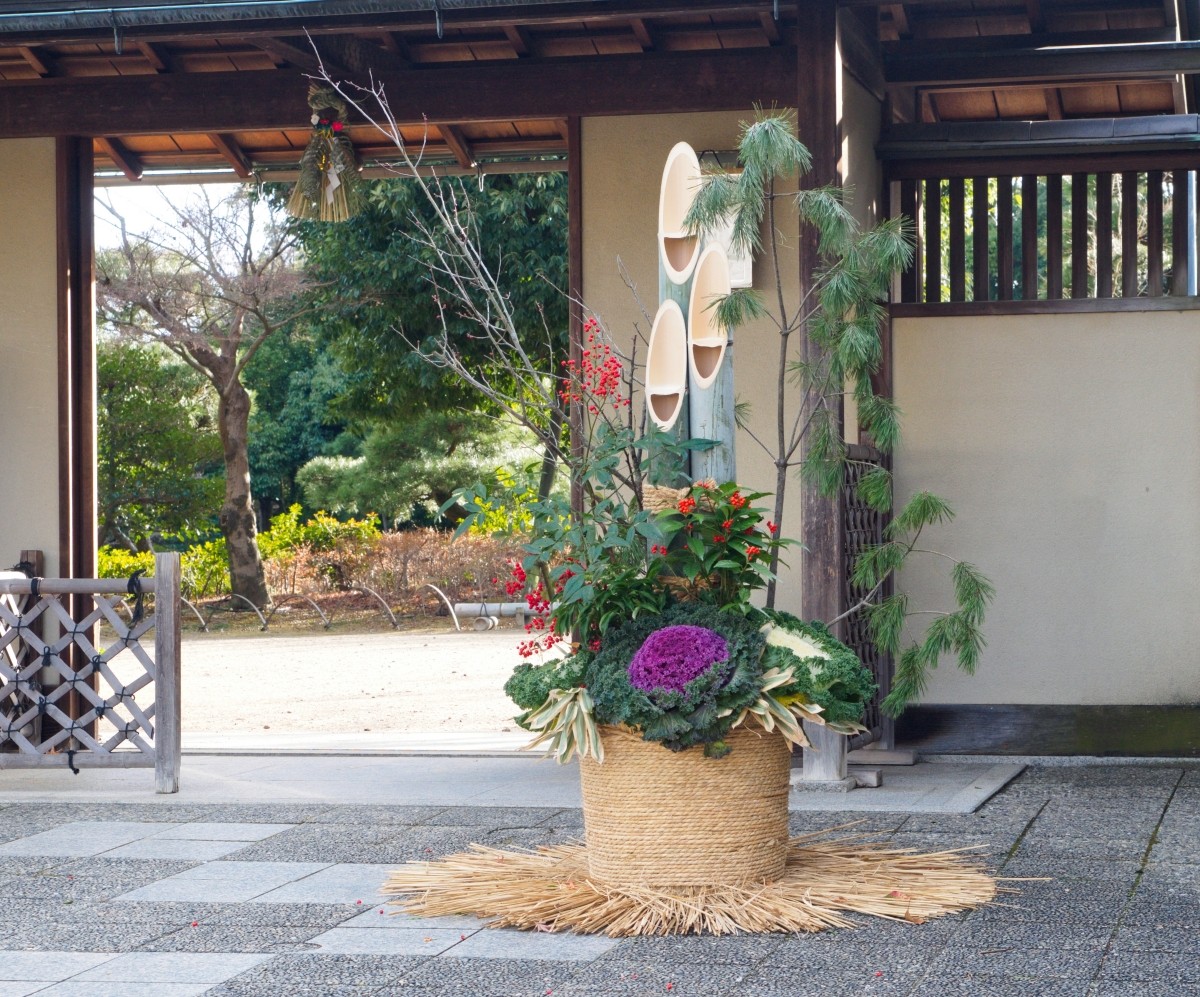
"Kadomatsu" are pine decorations placed at the entrances of homes to celebrate the New Year. They are used to welcome "Toshigami-sama," a deity who brings happiness and abundance for the coming year. These decorations are typically set up starting in mid-December.
Doing a Major Year-End Cleaning
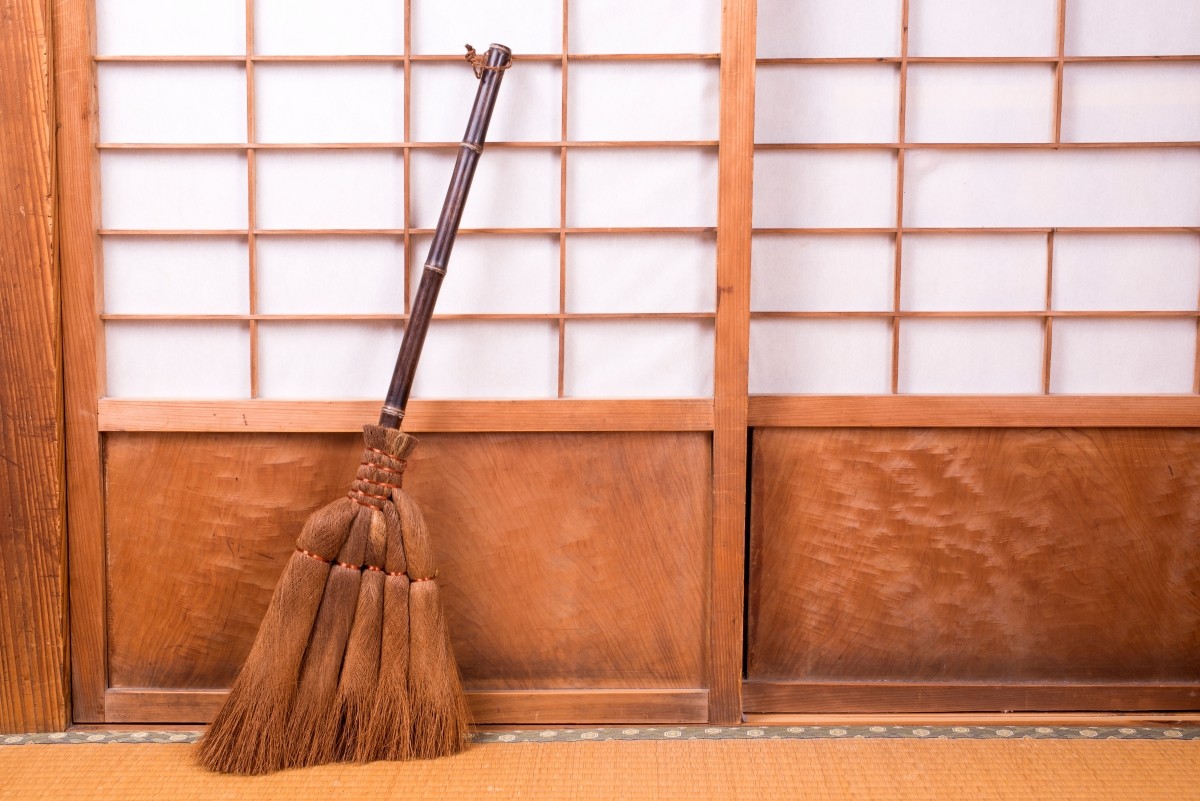
This custom traces back to "Susuharai," a court ritual from the Heian period. It involves deep cleaning the house, including areas that are usually hard to reach, to prepare for the New Year.
Sending Year-End Gifts (Oseibo)
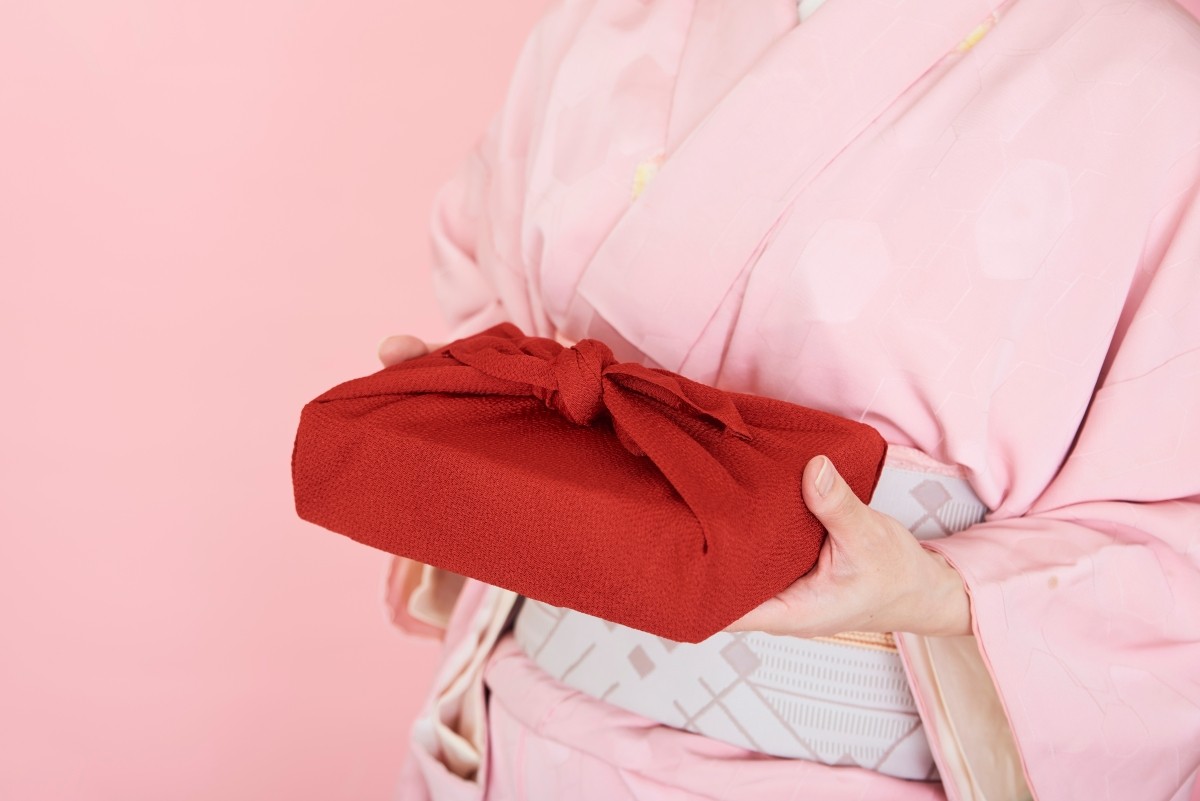
"Oseibo" are gifts given at the end of the year to express gratitude to people who have helped you throughout the year. They are considered the winter counterpart to "Ochugen," which is given in summer. The timing for giving "Oseibo" may vary slightly depending on the region.
▶ Check out more "Winter Traditions"!
Preparing New Year’s Cards (Nengajo) and New Year’s Gifts (Otoshi-dama)
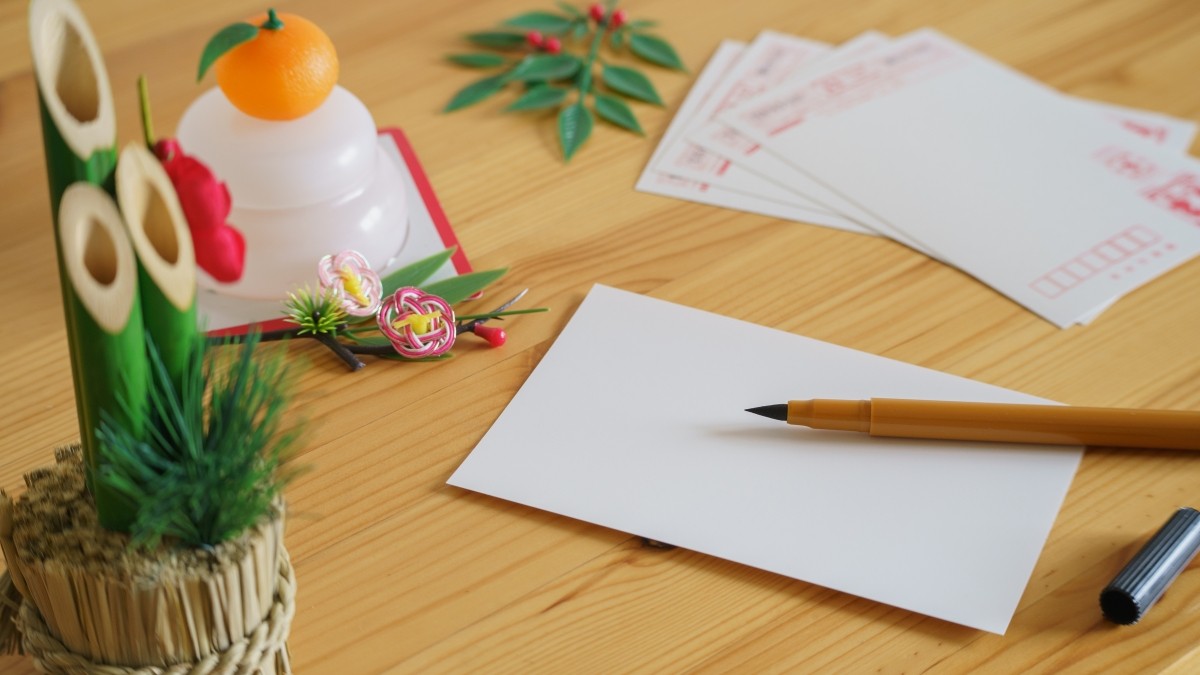
Get ready to send New Year’s greeting cards and prepare gifts for those you are grateful to. Delivery services are at their busiest during the year-end and New Year period, and weather conditions like snow can cause delays, so it’s better to prepare early. The Japanese postal service recommends sending New Year’s cards by December 25.
If a family member or relative has passed away during the year, it is customary to send "Mochu-hagaki," or mourning postcards, instead. These are typically sent between mid-November and early December as a gesture of respect.
December 31: What to Do on New Year's Eve (Omisoka)
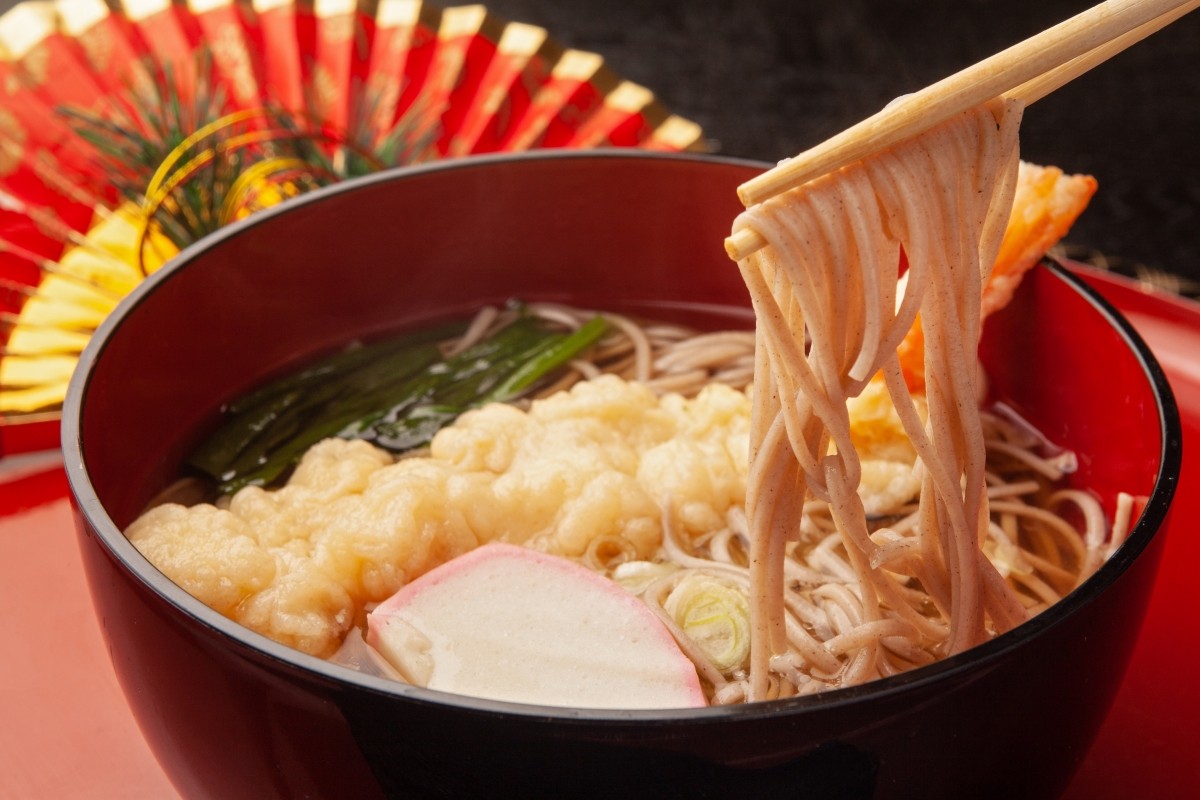
On New Year’s Eve, temples across Japan ring their "Joya no Kane" (New Year’s Eve bells) at midnight to welcome the New Year. The bell is struck 108 times, symbolizing the number of "bonno" (earthly desires that cause suffering) in Buddhist teachings. Listening to these chimes while enjoying "Toshikoshi Soba" (year-crossing soba noodles) is a cherished tradition. It is said that eating the long, thin noodles symbolizes a wish for a long and healthy life.
January 1: What to Do on New Year’s Day (Ganjitsu/Gantan)
In Japan, New Year’s Day is celebrated according to the Gregorian calendar on January 1. While "Ganjitsu" refers to the entire day, "Gantan" specifically means the morning of January 1. Here are the main activities for the day:
Watching the First Sunrise of the Year (Hatsuhinode)

The sunrise on January 1 is known as "Hatsuhinode." It is considered auspicious, and many people stay up late or wake up early to witness it. Special events are held at places with clear views, such as Tokyo Skytree®, to allow people to enjoy this moment.
Visiting a Shrine or Temple (Hatsumode)
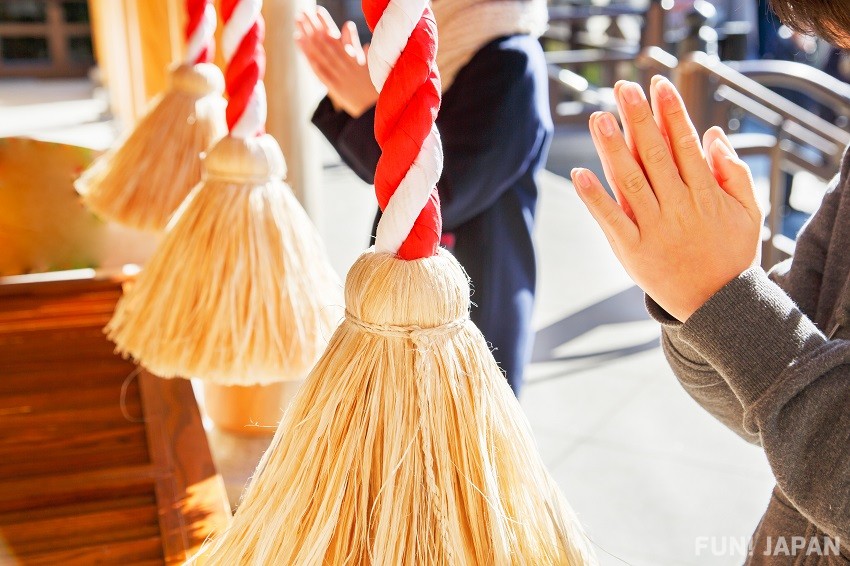
"Hatsumode" is the first shrine or temple visit of the year, where people give thanks for the previous year and pray for good fortune in the new year. Many also draw "omikuji" (fortune slips) to predict their luck for the year or purchase new charms.
Some people visit shrines or temples on New Year’s Eve night for "Joyamode" or make a "Two-Year Visit" ("Ninenmairi"), spanning both December 31 and January 1.
Drinking Otoso
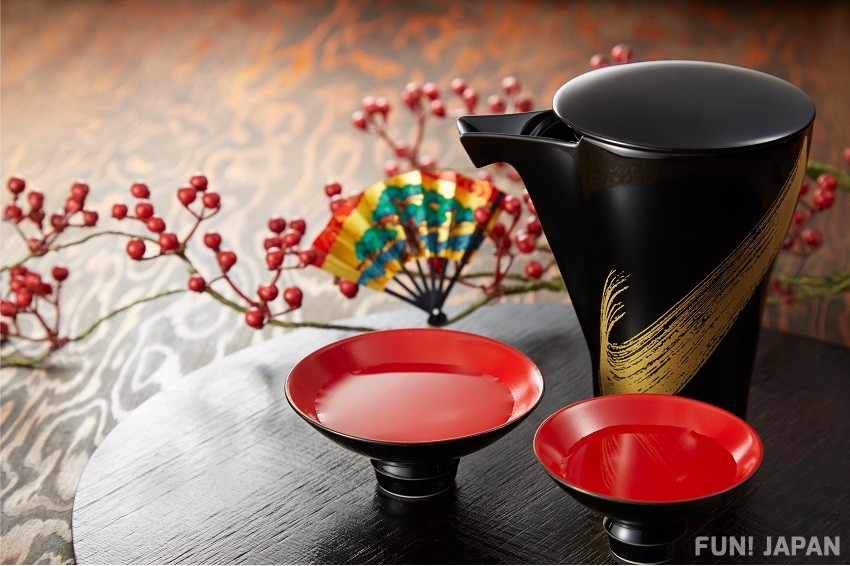
"Otoso" is a ceremonial spiced sake consumed during New Year celebrations. It is made by infusing medicinal herbs called "Tososan" into sake or mirin. Drinking it is believed to ward off illness and ensure good health for the year ahead.
Eat Osechi Cuisine
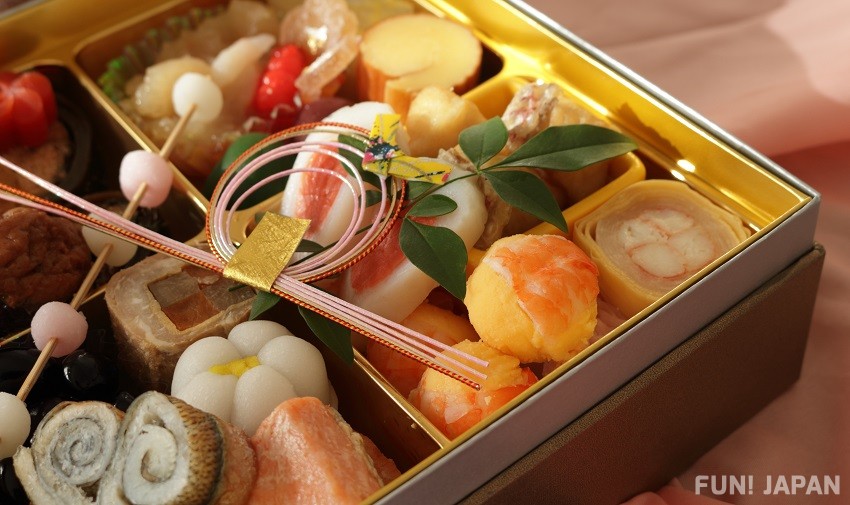
"Osechi Cuisine (Ryori)" is a traditional New Year’s cuisine made up of dishes that are delicious even when cold. Some examples include kazunoko (herring roe), red and white kamaboko (fish cakes), datemaki (sweet rolled omelette), and kurikinton (sweet chestnut and mashed sweet potatoes). Each dish carries a symbolic meaning, such as prosperity, protection from evil, or wealth.
Eating Mochi and Ozoni
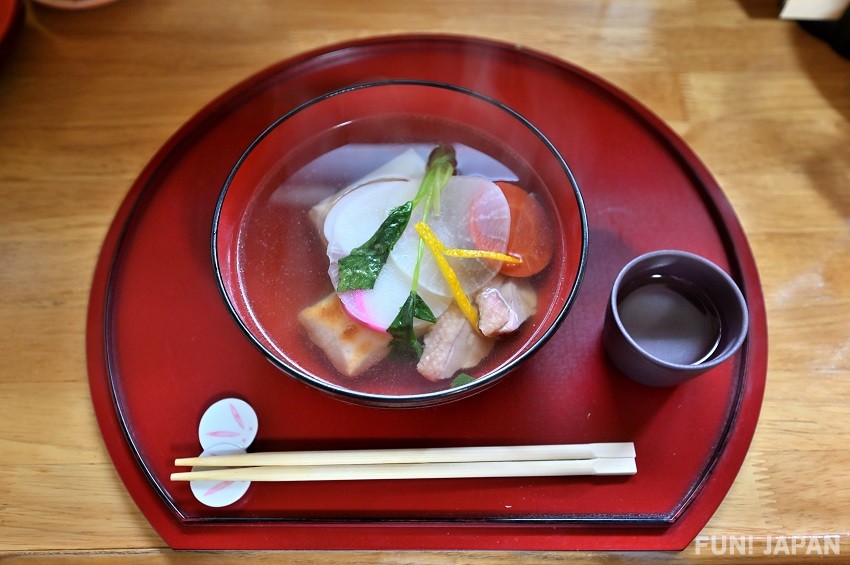
Mochi (rice cakes) has long been a celebratory food in Japan. During New Year’s, mochi is enjoyed in various forms, including grilled mochi and ozoni (a soup with mochi and other ingredients). Ozoni recipes vary by region, reflecting local traditions and even differences in the shape of the mochi used.
Reading Nengajo (New Year’s Cards)
"Nengajo" are greeting cards sent to convey New Year’s wishes and gratitude, especially to those who live far away and cannot be greeted in person. Although fewer people send these cards nowadays due to the rise of social media, they remain a meaningful tradition for many.
Giving Otoshidama (New Year’s Gifts)
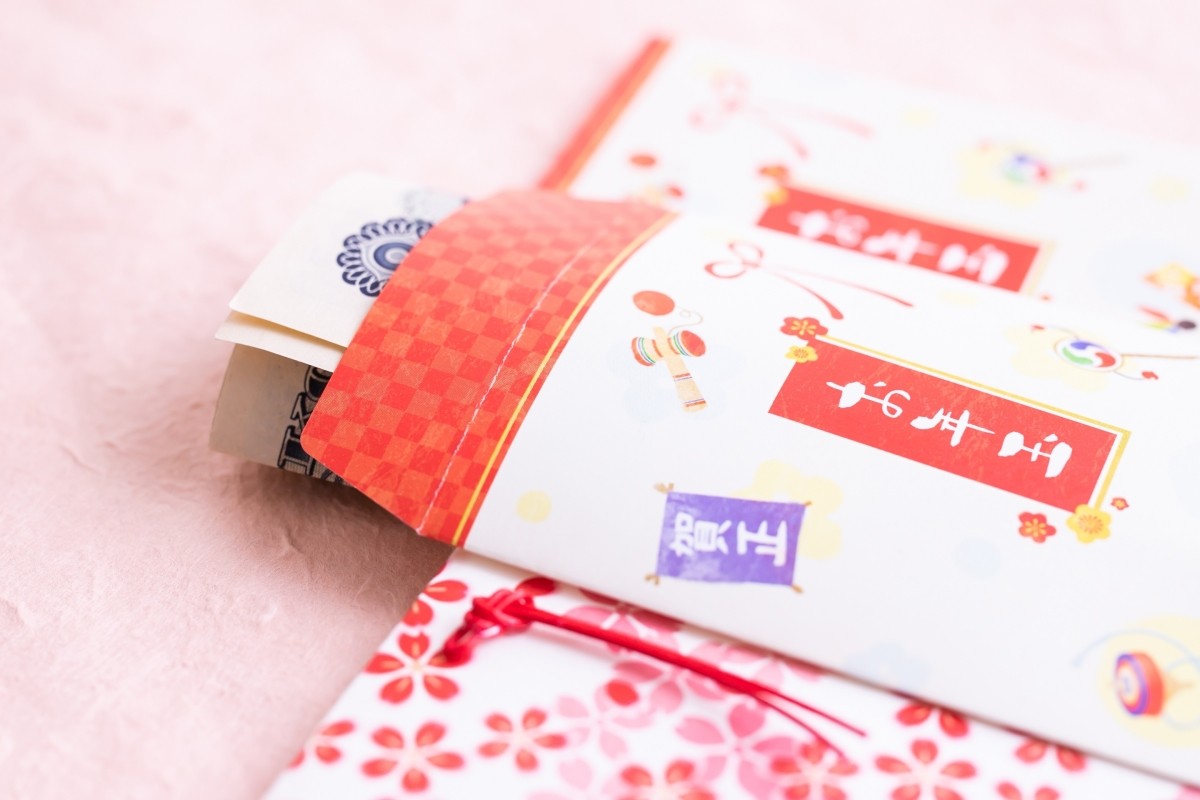
Originally, "Otoshidama" referred to gifts exchanged during New Year celebrations. Today, it generally means money given in small decorative envelopes to children as a New Year’s custom.
January 2–3: What to Do During the "Sanganichi" Period
Practice Kakizome (First Calligraphy of the Year)
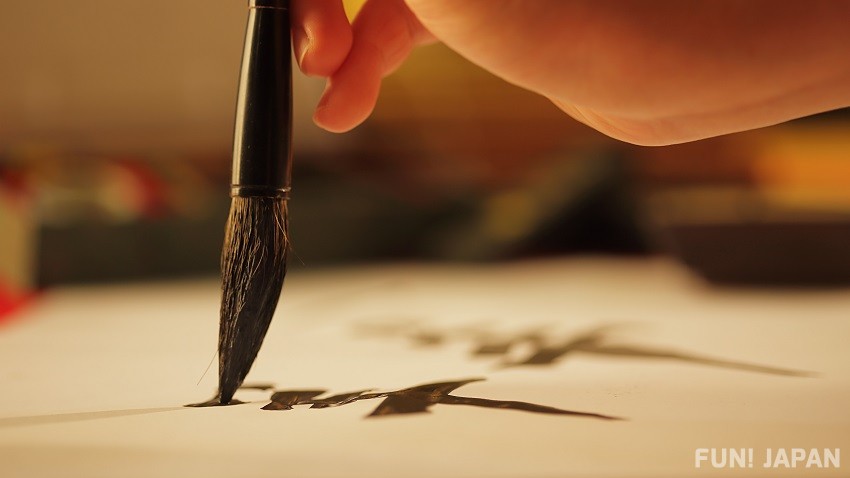
"Kakizome" refers to writing characters with a brush for the first time in the new year. This traditional Japanese custom is often done on January 2. Many people write their hopes or goals for the year during this practice.
Experience Hatsuyume (First Dream of the Year)
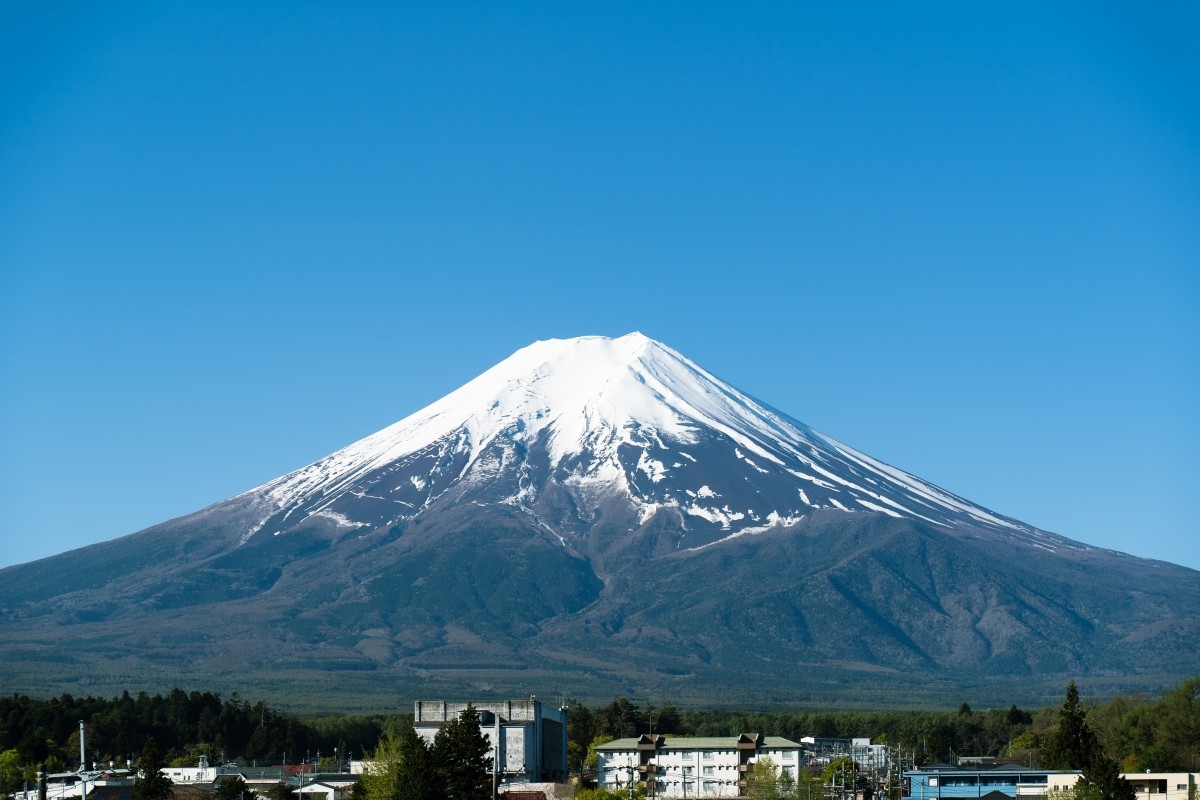
"Hatsuyume" is the dream you have on the night of January 1, foretelling your luck for the year ahead. Since the Edo period, it’s been believed that dreaming of "Mt. Fuji, a hawk, and an eggplant" brings good fortune. These symbols represent auspicious meanings: "Fuji" signifies "safety," "hawk" represents "rising high," and "eggplant" symbolizes "achievement."
Shop Winter Bargains

Department stores, shopping malls, and commercial complexes nationwide hold winter sales from late December through late January. Be sure to check out sales at major department stores in cities like Tokyo, Osaka, and Yokohama for great deals.
▶ When does the winter bargain sale start? Department store sales schedule in Tokyo and Osaka
Buy Fukubukuro (Lucky Bags)
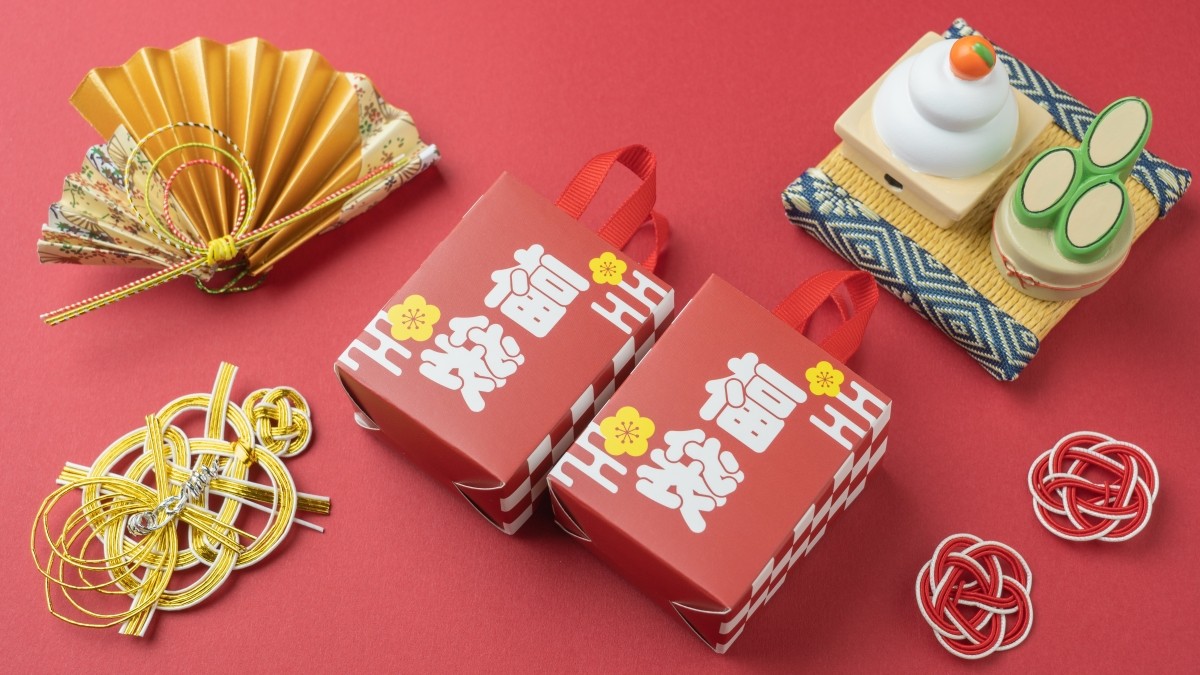
Many stores and facilities resume business around January 2 or 3, marking the start of the "first sale" of the year. During this period, stores sell "Fukubukuro," or lucky bags, filled with surprise items at a discount. Don’t miss out on the most recommended Fukubukuro for 2025!
Play Traditional New Year’s Games
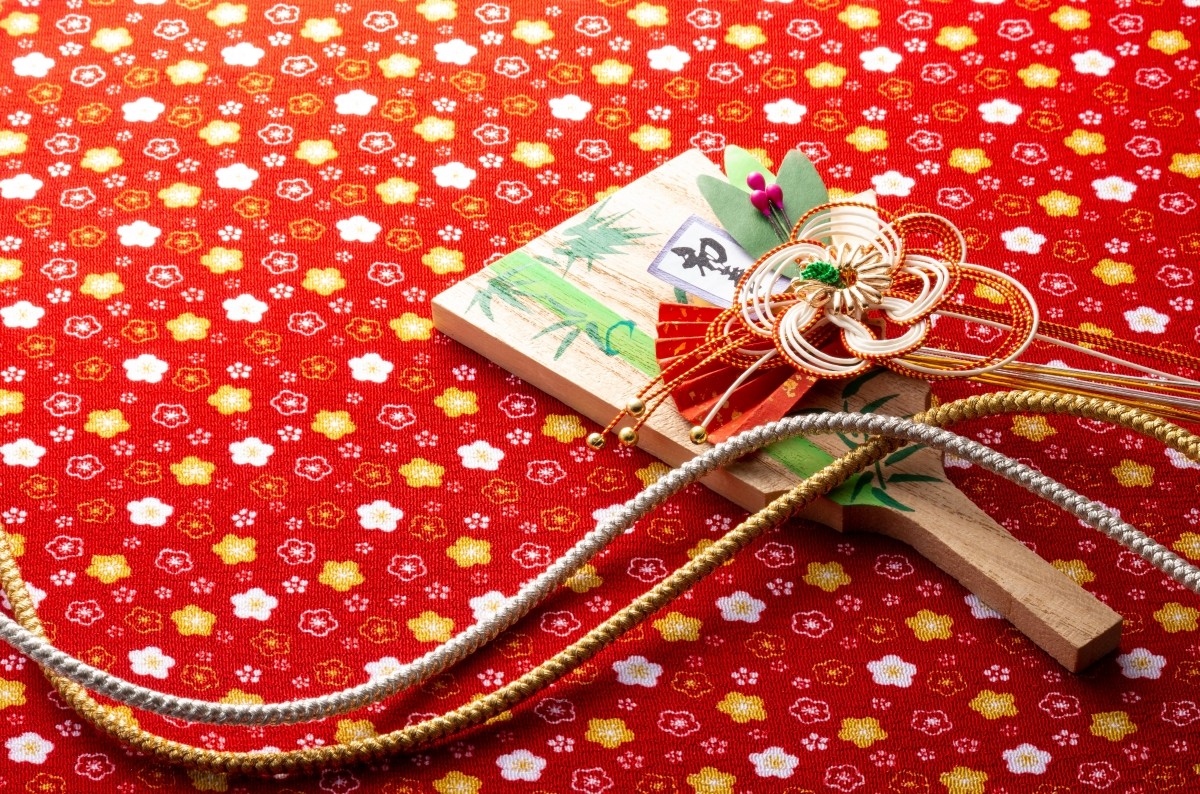
Engage in nostalgic games unique to the New Year. For example, "Hanetsuki" involves hitting a shuttlecock back and forth with a wooden paddle, with the loser getting their face painted with ink. "Fukuwarai" is another fun activity where participants, blindfolded, place cutouts of facial features on an outline of a face. These games are considered good luck and embody New Year’s traditions.
Watch the Hakone Ekiden
The Hakone Ekiden, a long-distance relay race, captivates viewers every New Year. This event features university athletes running a round trip from Tokyo to Hakone and back, passing a sash ("tasuki") from one runner to the next. The determination and teamwork displayed make it a must-watch event every year.
January 7–15: What to Do During the "Matsunouchi" Period
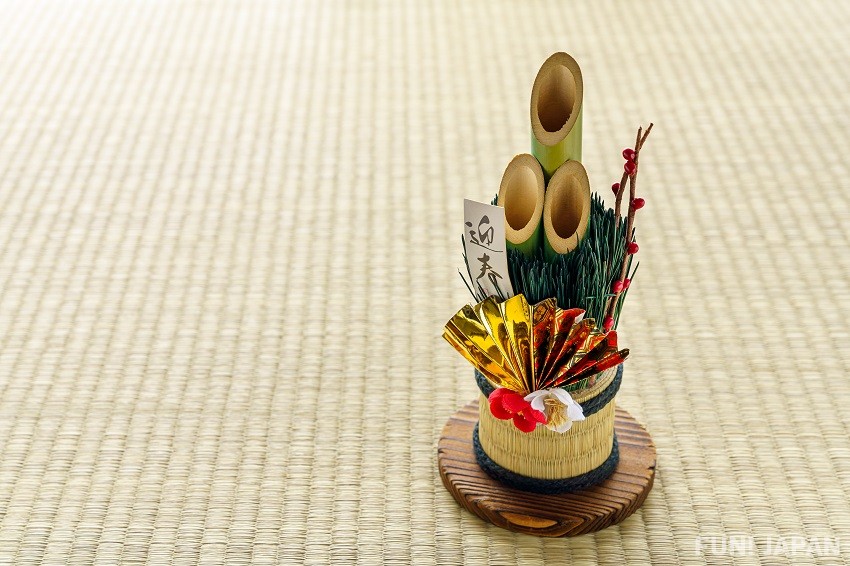
The period from January 1 to January 7 is known as "Matsunouchi," during which traditional New Year’s decorations, such as "kadomatsu" (pine decorations), are displayed at the entrance of homes. It is customary to remove or dispose of these decorations late on January 6 or early on January 7. However, in some regions like Kansai, the Matsunouchi period extends until around January 15.
Eat Nanakusa Gayu (Seven-Herb Porridge)
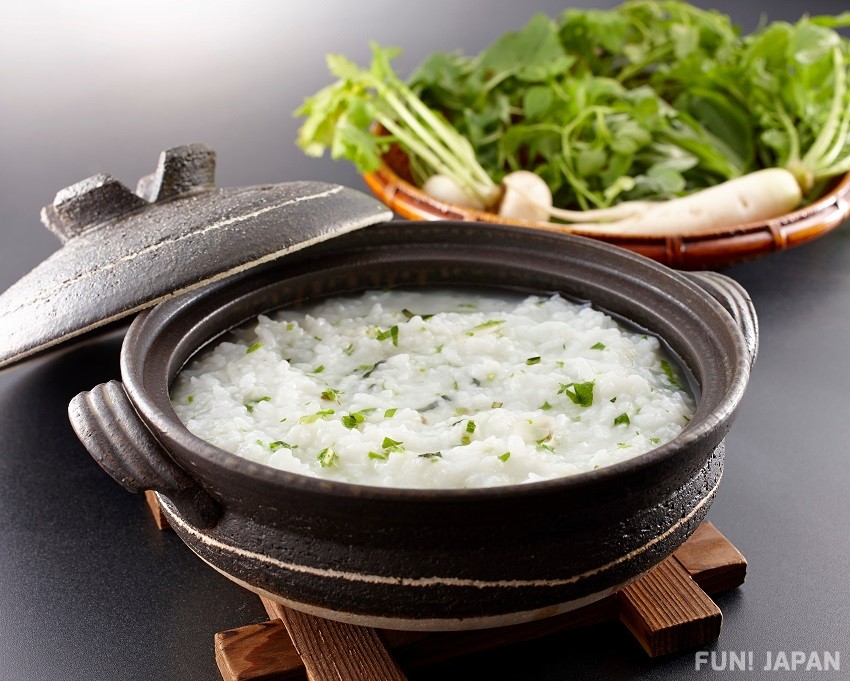
January 7 is "Nanakusa Day," when people eat "nanakusa gayu," a rice porridge made with seven herbs: seri (water dropwort), nazuna (shepherd’s purse), gogyo (cudweed), hakobera (chickweed), hotokenoza (nipplewort), suzuna (turnip), and suzushiro (daikon radish). This dish is believed to promote health and give your stomach a break after the rich osechi meals.
Send Kanchu Mimai (Mid-Winter Greeting Cards)
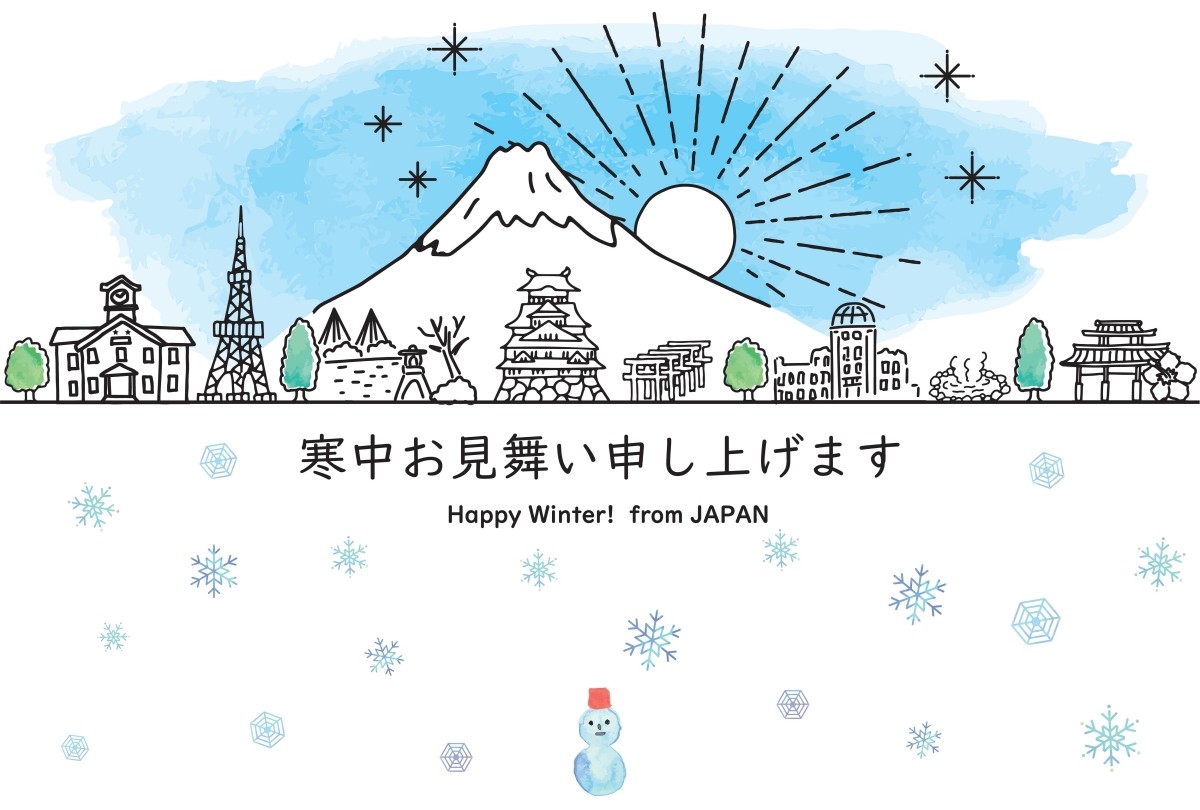
If you’re late in replying to New Year’s greetings, you can send "kanchu mimai" instead of a "nengajo" (New Year’s card). These mid-winter greetings are typically sent by February 4 (Risshun, or the start of spring). They are also a thoughtful way to connect with others if you are in mourning and cannot send traditional New Year’s cards.
Perform Kagami Biraki (Breaking the Mochi)
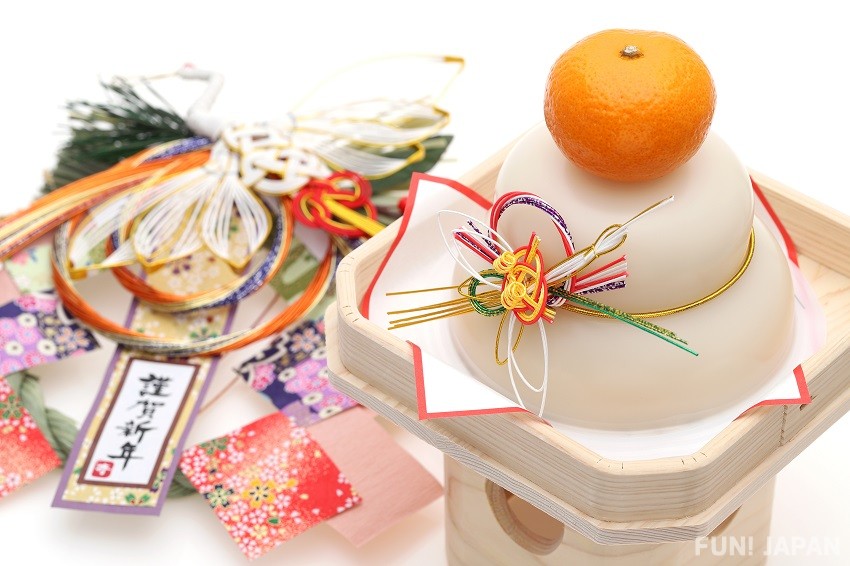
"Kagami Biraki" involves breaking and eating the decorative "kagami mochi" offered during the New Year. This is usually done around January 11 after the New Year’s decorations are taken down. Traditionally, the mochi is broken with a wooden mallet rather than a knife to avoid cutting ties symbolically.
Enjoy Zenzai or Oshiruko
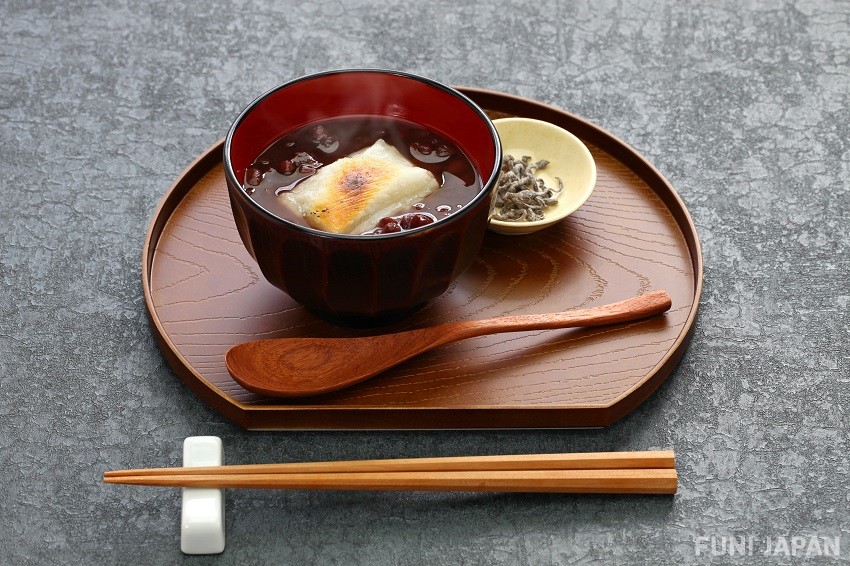
"Zenzai" and "oshiruko" are sweet red bean soups with mochi or dumplings. These popular winter treats are often made using the broken pieces of kagami mochi. The terminology varies by region: in eastern Japan, the soupier version is called "oshiruko," while in western Japan, it’s referred to as "zenzai."
Attend a Shinnenkai (New Year Party)
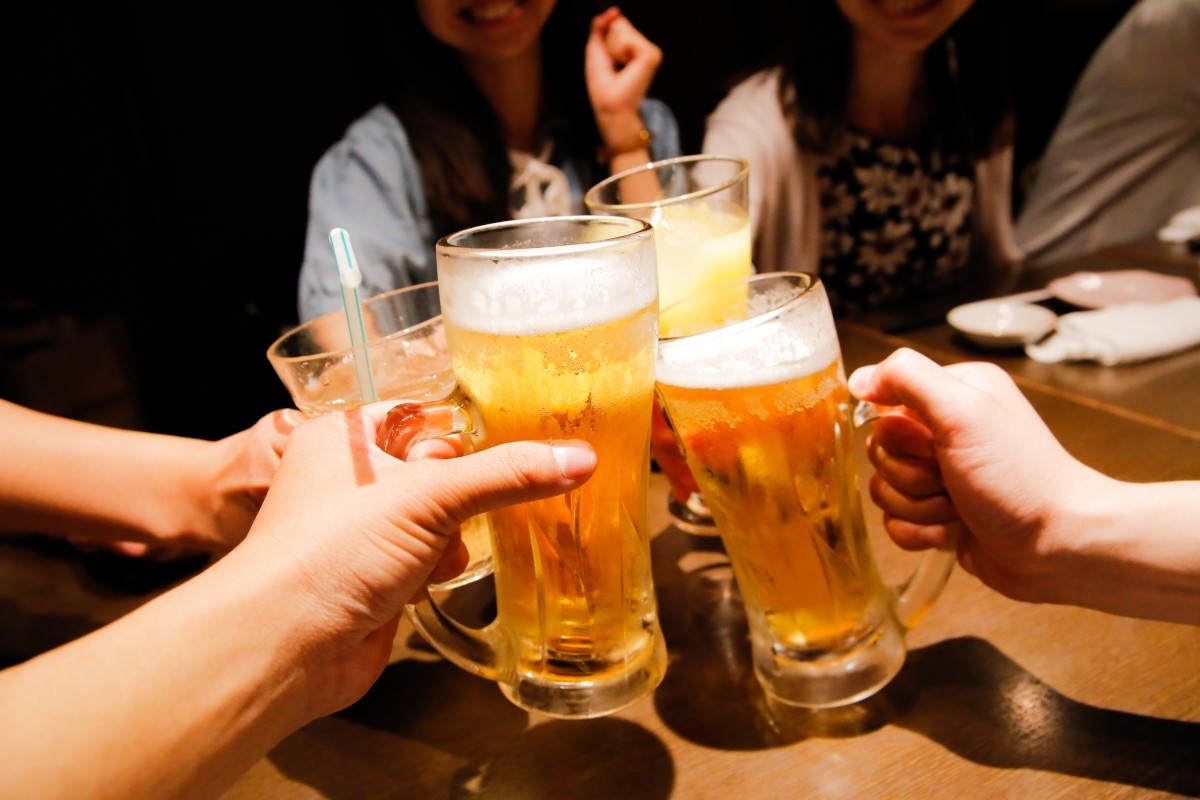
"Shinnenkai" is a gathering to celebrate the new year, often involving good food and drinks. These events can be hosted by workplaces, friends, or family. While there is no strict timeframe, shinnenkai are commonly held throughout January, with some extending into early February.
January 14–16: What to Do During "Koshogatsu" (Little New Year)
While January 1, known as "Ganjitsu," is referred to as "Daishogatsu" (Big New Year), the three days from January 14 to 16 are called "Koshogatsu" (Little New Year). During this time, the New Year celebrations come to a close.
Decorating with "Mochibana"
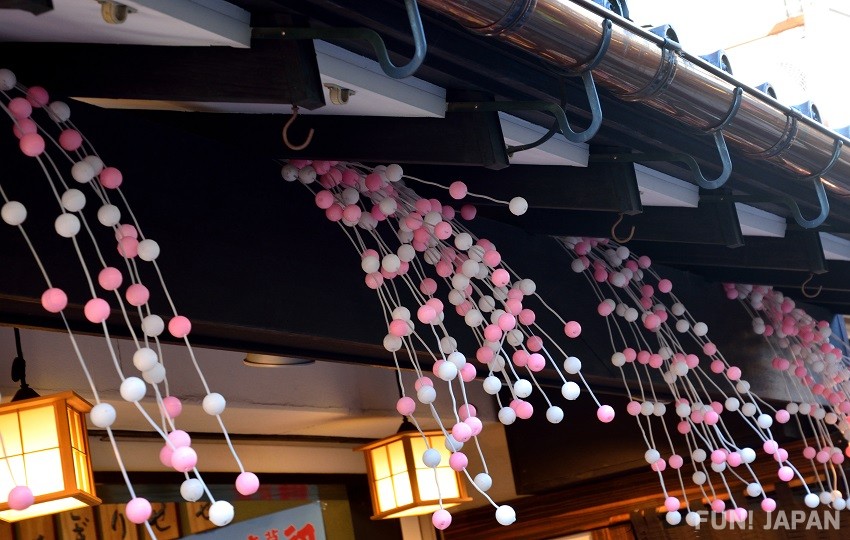
"Mochibana" are decorative ornaments made by attaching red and white rice cakes to willow branches. These decorations symbolize wishes for a good harvest and warding off evil spirits. Their delicate, flower-like appearance also brings a hint of early spring.
Watching "Sagicho" (Dondo-yaki)

"Sagicho" is a traditional fire festival where New Year decorations, old household shrines, and kakizome (first calligraphy of the year) are burned to pray for a safe and prosperous year. It is also known as "Dondo-yaki" or "Saito-yaki" in some regions. Warming yourself by the fire or eating rice cakes roasted over it is said to promote long life and good health.
Eating Azuki Porridge
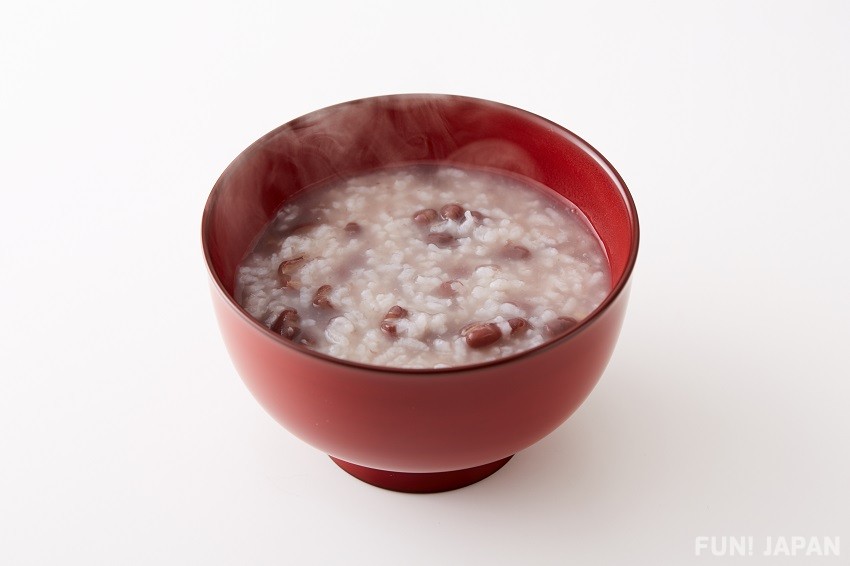
Another Koshogatsu custom is eating azuki (red bean) porridge to pray for good health. This dish, eaten on January 15, is also called "Jugoya-gayu" (Fifteenth Night Porridge). The porridge, made in an earthen pot, is cooked with red beans added at the end, creating a subtly sweet and comforting flavor.
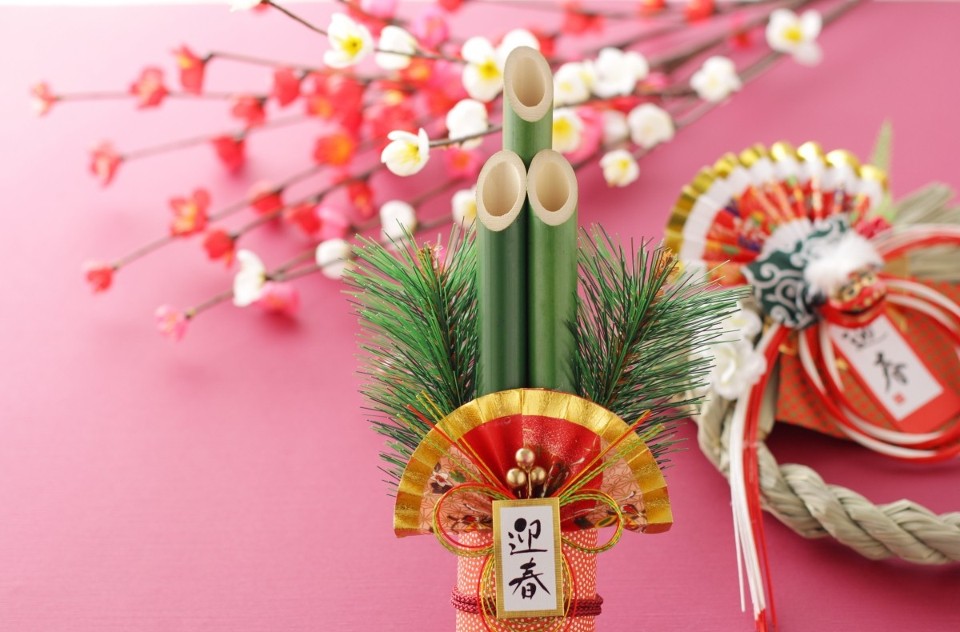
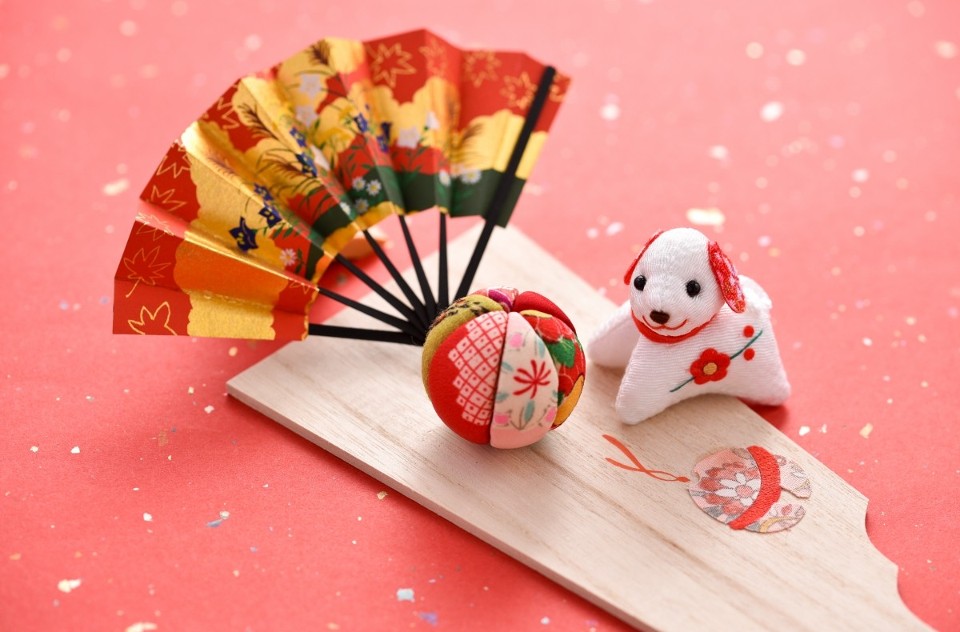

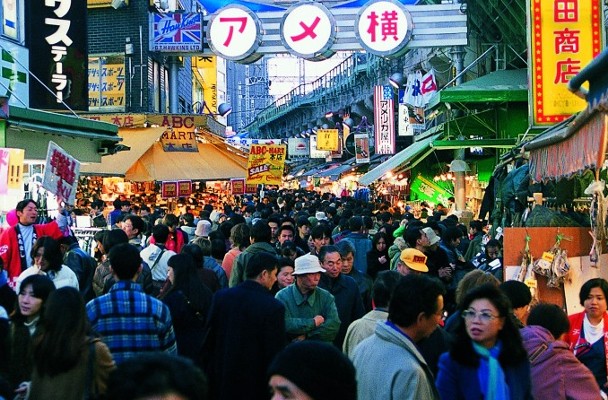
Comments